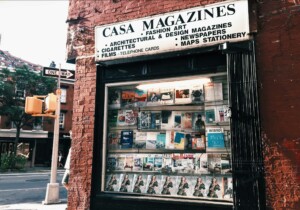Brian D. Goldstein’s The Roots of Urban Renaissance: Gentrification and the Struggle over Harlem accounts for the transformation of the Manhattan neighborhood from the 1960s to the present. He locates the source of this ambition with radical social movements in the 1960s that fought for control over their part of New York. In the following decades, trajectories changed, and the goal transformed to become a place of economic progress, with increasing wealth and retail offerings. Goldstein documents how, in this history, gentrification resulted from internal grassroot efforts rather than the influx of real estate–thirsty outsiders.
The book was originally published by Harvard University Press in 2017. Today, it has been published in an expanded edition by Princeton University Press. Its foreword, by historian Thomas J. Sugrue, is exclusively reproduced below and offers an appreciation of the history that Goldstein traces in his scholarship.
“Walk through the streets of Harlem and see what we, this nation, have become.” So concluded James Baldwin’s searing 1960 account of his native Harlem, a place with projects “as cheerless as a prison . . . colorless, bleak, high, and revolting,” looking over “invincible and indescribable squalor,” occupied and contained by white police officers. When Baldwin wrote, Harlem was hemorrhaging population. Its main business district, 125th Street, still had its famous speakers’ corner and some venerable institutions, but many of its storefronts were vacant. The surrounding residential blocks were pockmarked with neglected and abandoned buildings. Many of Harlem’s once-grand brownstones were chopped up into boarding houses or, after years of neglect, boarded up.
More than six decades later, Harlem still has pockets of squalor, some bleak streetscapes, and a large share of the city’s mid-twentieth-century modernist public housing. But much of the neighborhood today would be unrecognizable to Baldwin. Now 125th Street is home to major chain stores, a mall, a multiplex movie theater, and a high-rise office building that houses the offices of former president Bill Clinton. White faces are commonplace in local cafés, huddled in front of their laptops, sipping single-pour coffees. It’s possible for an uptown diner to choose between competing French bistros, a few celebrity chef–helmed restaurants, or some renovated soul food places, hearkening to the neighborhood’s increasingly distant past as a magnet for southern black migrants. Michael Henry Adams lamented “the end of Black Harlem” in a 2016 New York Times opinion piece.

Brian Goldstein tells the story of Harlem in the second half of the twentieth century and early twenty-first through a rich account of the utopian architects, black radicals, ambitious community developers, integrationists and racial separatists, squatters and self-described urban pioneers, and public officials, planners, and policymakers who were collectively responsible for the neighborhood’s transformation. In the pages that follow, Goldstein introduces us to visionary architect J. Max Bond Jr., who envisioned a new Harlem after spending time as a planner in Ghana; community activist Alice Kornegay, who fought to soften the hard edges of the East Harlem Triangle, a bleak stretch of housing surrounded by industry and a highway; Philip St. Georges, a leader of the working-class homesteading movement who took credit for coining the term “sweat equity”; and Deborah Wright, an Ivy League–educated planner who harnessed federal Empowerment Zone funds to lure deep-pocket financers and launch Harlem USA, the neighborhood’s first shopping mall.
For all of his book’s vivid detail, Goldstein has written much more than a local study. He uses Harlem to shed light on a crucial period in American urban history: a moment of disjuncture, beginning in the 1960s, when liberal urban planning (especially modernism and urban renewal) came under siege from both right- and left-wing critics. As the “New Deal spatial order,” as Goldstein has called it, began to fall, Harlem became contested terrain regarding the future of race, economic development, and public policy. In Harlem, the most influential challenge to liberal planners came from advocates of community control, who saw an opportunity to undo the damage wrought by the federal bulldozer and decades of disinvestment by redirecting power to the people. Advocates of radical democracy pushed for participatory urban planning in place of top-down initiatives, insisting that architects and policymakers be accountable to the communities they served. In Harlem, Black Power advocates framed the struggle as one for community control. They viewed Harlem as an internal colony, subject to white discipline and control for the extraction of black rent and labor for white profit. But rather than despairing at the seeming intractability of Harlem’s problems, they reimagined the neighborhood in utopian terms, where a formerly oppressed people would be liberated through black self-determination and economic control.
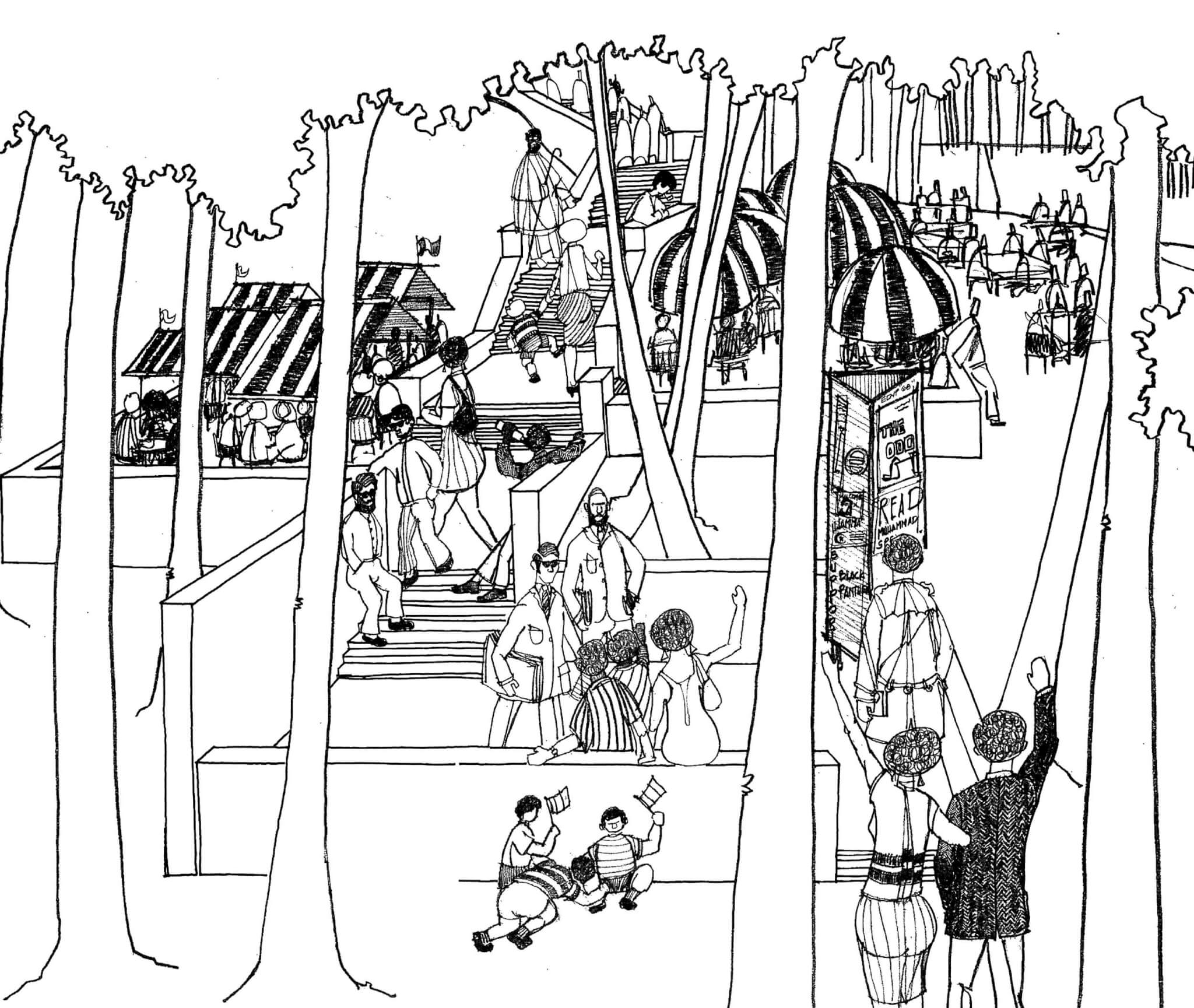
Inspired by historian Robin D. G. Kelley, Goldstein describes the “freedom dreams” of Harlem’s visionary planners, architects, and grassroots activists, inspired by Black Power, African decolonial struggles and nationalism, and the burgeoning Black Arts Movement. They envisioned black customers spending their dollars at black businesses that employed neighborhood residents and reinvested in Harlem, rather than siphoned outward. They looked at Harlem as it had evolved over the twentieth century and saw not just its squalor but also its beauty and cultural wealth—not to mention its potential economic power.
Harlem’s freedom dreams, like all utopian visions, collided with everyday political constraints and harsh economic realities. Harlem’s population continued its sharp decline all the way through the 1990s, and the neighborhood was ravaged by ongoing disinvestment, a wave of arson and property abandonment, and vicious AIDS and crack cocaine epidemics, all worsened by a collapse of public commitment to cities. The radical insurgency against liberal planning coincided with the beginning of the federal government’s long, steady withdrawal from urban spending. The late 1960s and 1970s saw a bipartisan backlash to what many perceived as the “excesses” of the War on Poverty, fueled by white animus toward civil rights protests and urban rebellions. Federal austerity policies under Nixon and Carter left financially strapped cities, including near-bankrupt New York, to pick up the pieces. Local and state officials, unwilling to raise taxes, looked for solutions to urban problems in the private sector: this decision left housing, neighborhood development, job training, and education to public-private partnerships and to small-scale nonprofits, including Harlem’s several community development corporations, many founded by activists who hoped that they would be agents of black self-determination and community control. The perversity of devolution was that it shifted responsibility for generations of urban woes from the state to those communities with the fewest resources. Self-determination devolved into self-help.
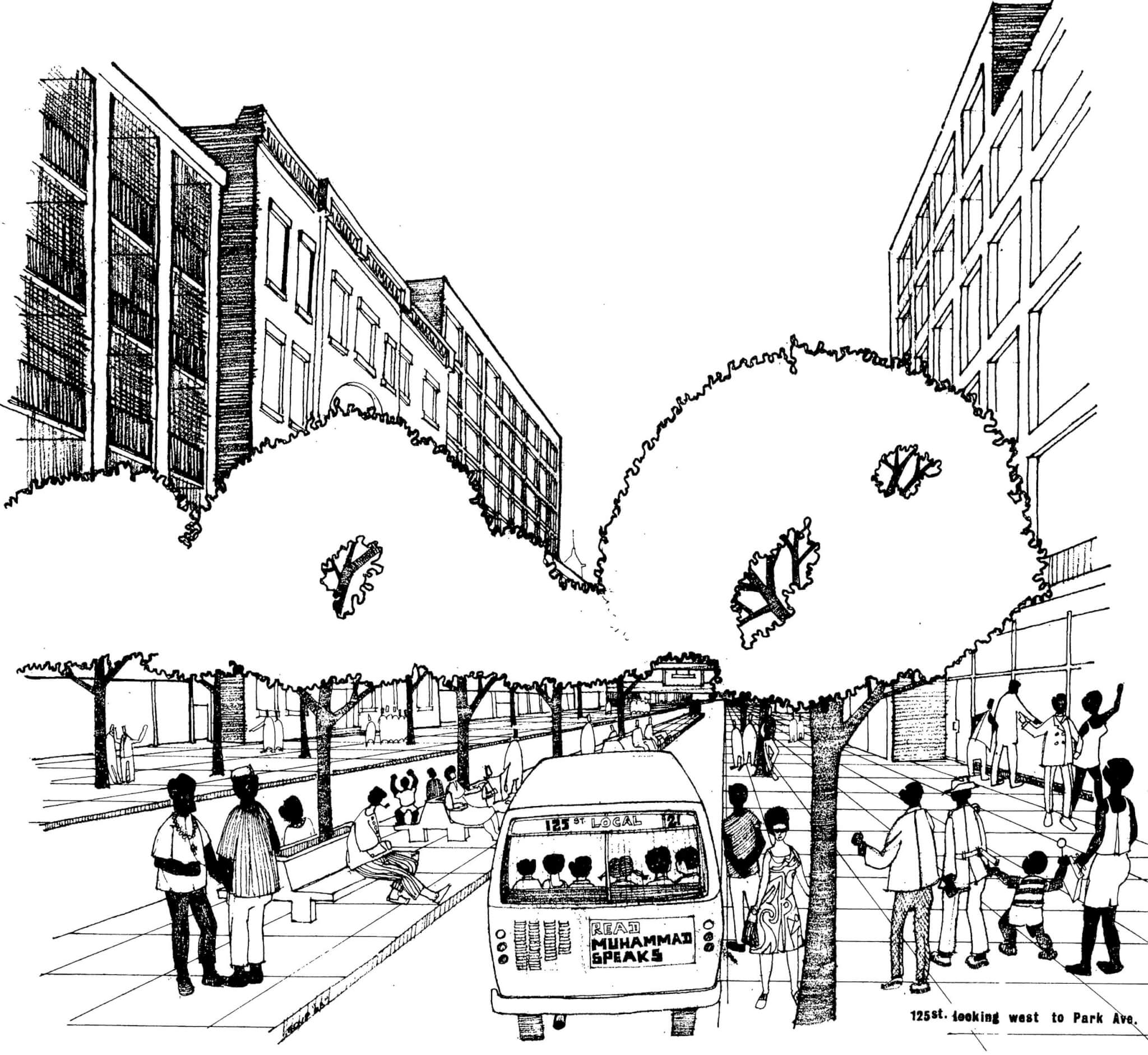
Harlem’s community developers did not give up their efforts but adapted to the new era of fiscal constraint. They relied on new, mostly underfunded federal programs, including community development block grants, modest job training funding, and low-income housing tax credits. As the state withdrew from the construction and maintenance of affordable housing, they launched small-scale efforts to revitalize housing stock and meet the needs of poor and working-class residents, who were led by a diverse group of squatters, homesteaders, and church-based nonprofits. All of them had the will, if not the capacity, to stem decades of urban disinvestment and racialized poverty. The most radical of Harlem’s community organizations withered, unable to tap federal community development funds. But community development corporations with more professional staff, financial savvy, and political connections were able to survive and even thrive. As a result, Goldstein argues that eventually “the communitarian hopes of the 1960s” gave way “to a greatly tempered, increasingly privatized vision of the future.”
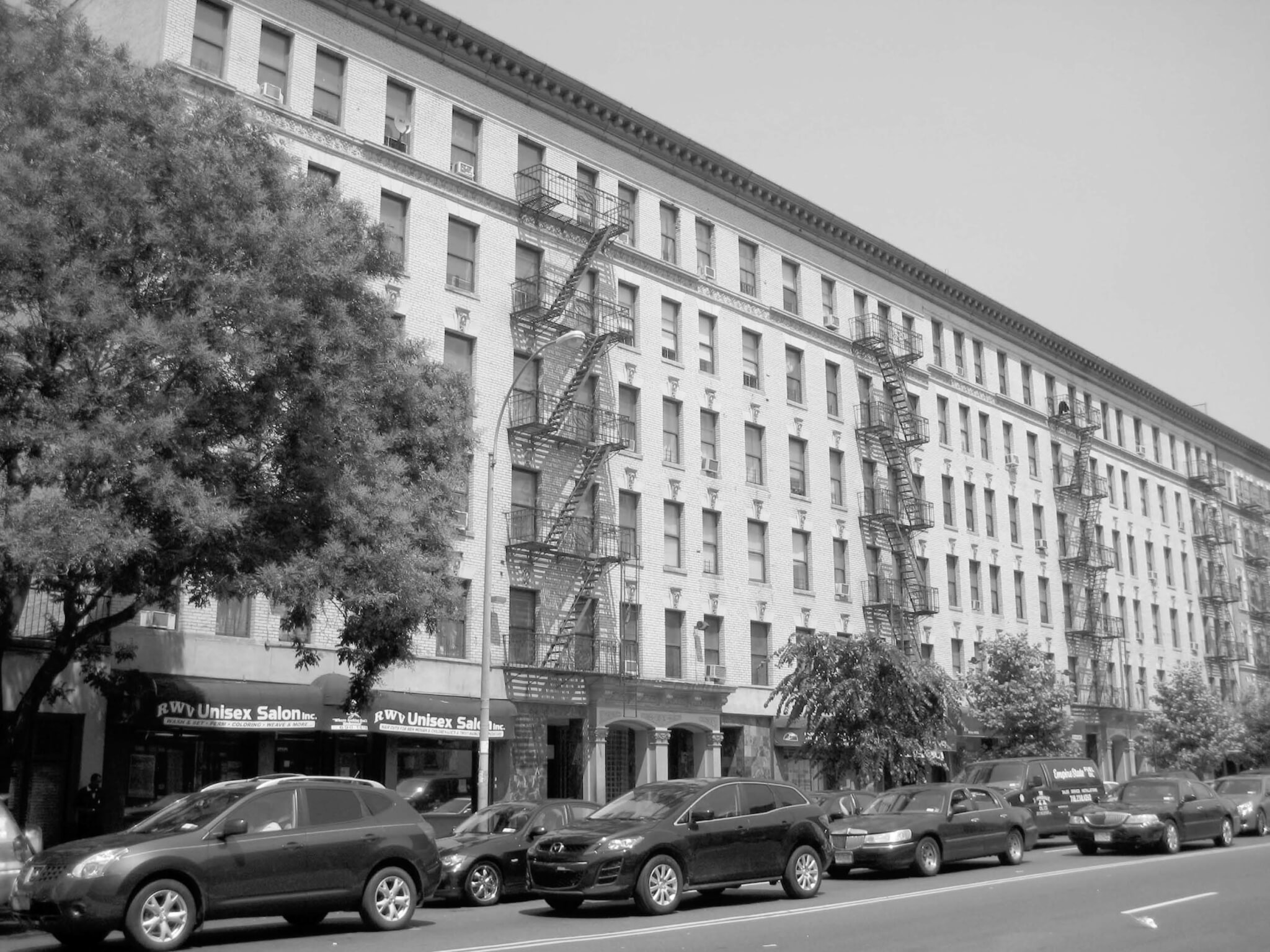
By focusing on the shift from large-scale urban policy to small-scale redevelopment efforts, from community self-determination to privatization, Goldstein powerfully weighs in on questions central to the history of urban policy and planning. How did the growing emphasis on community development—on rebuilding single blocks or even single buildings—compare to the grandiose and often problematic efforts of urban renewers? What does “community” mean in a large, socioeconomically diverse, and politically fractious neighborhood like Harlem? If a just and equitable system of development requires participatory democracy, who speaks for the community? Goldstein offers an unromantic account of community-based development, showing how ministers, landowners, protestors, architects, and public agencies all jostled for control over scarce resources, political legitimacy, and ultimately Harlem’s future.
The fate of Harlem has always been defined by the entangled relationship of race and urban space in modern American urban history. Goldstein grapples with profound questions of how to reconstruct a racial order through a restructuring of urban space. Was it possible to overcome generations of racial inequality in a neighborhood and a city that remained highly segregated by both race and class? Or could racial separation be a liberatory force? What are the costs and benefits of racial and economic integration? Would new developments, intended to “de-slum” Harlem, drive out the most vulnerable residents? Who benefits and who loses from reinvestment?
All of these questions lead to the book’s most important contribution: its rigorous reconsideration of the process of gentrification. Is gentrification the cause of, or the solution to, urban decline? Or it is neither? Popular accounts of late twentieth- and early twenty-first-century Harlem have generally focused on change over time rather than continuity, and nothing is more symbolic of change than the appearance of white “pioneers,” the creative class, and the rent-seeking financiers and developers who rushed in to take advantage of low-value properties that could be converted into high-value assets. Observers of changing Harlem, beginning in the 1980s, debated gentrification. For city officials like Mayor Ed Koch, attracting investment and new residents to Harlem was key to revitalizing New York, stemming population decline, and generating new tax revenue. For scholars and antipoverty reformers in the late twentieth century, informed by sociologist William Julius Wilson, attracting a new middle class in Harlem would provide role models for the poor and end the isolation of the so-called urban underclass. For boosters, upgraded brownstones and a growing white population were evidence that Harlem’s long decline had finally reversed. On the other side, gentrification’s critics argued that whites would displace blacks, that Harlem’s distinctive culture would be homogenized, and that the new forms of expropriation, including high rents and rising land values, would only benefit financiers and developers.
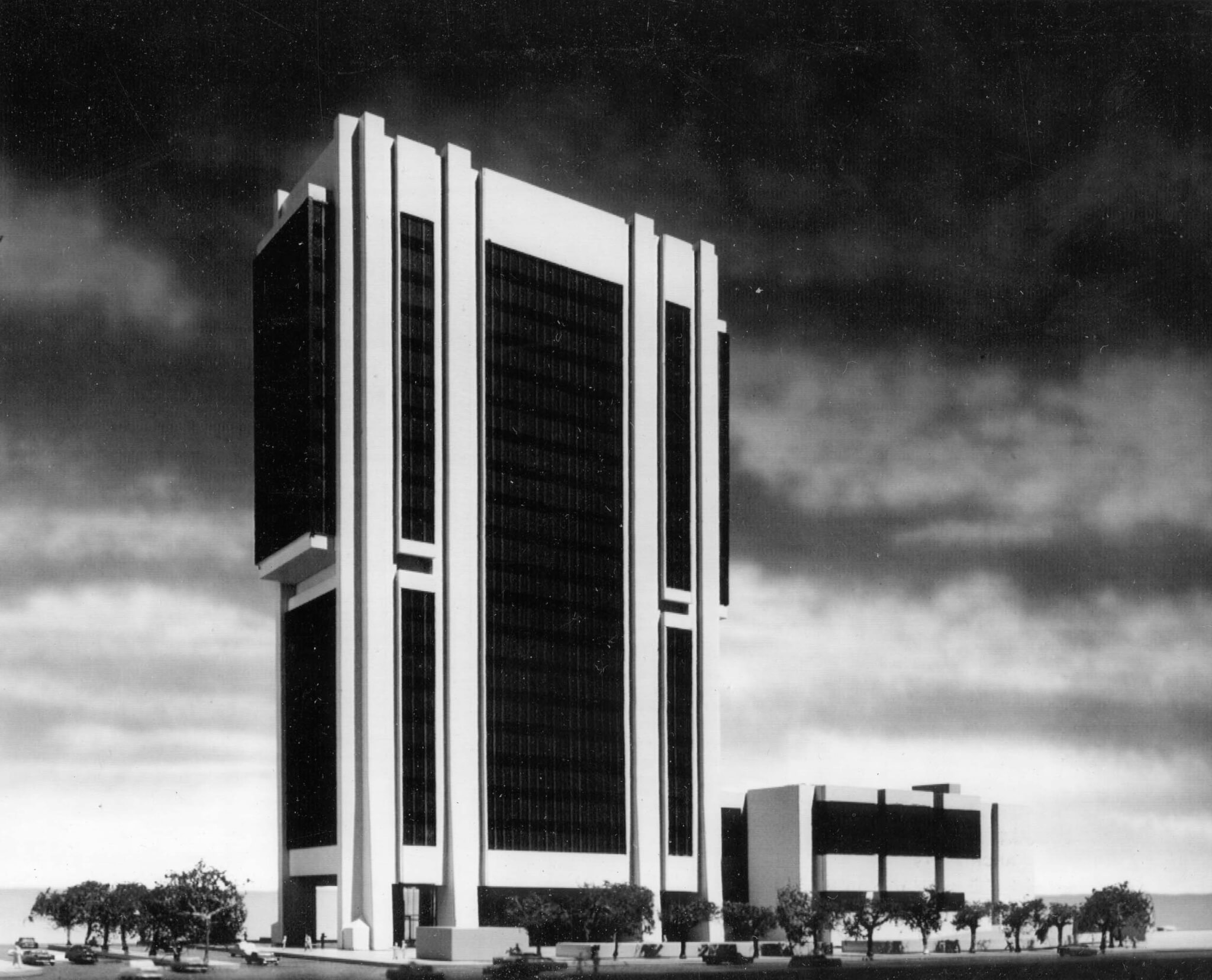
For all of their differences, both sides in the gentrification debate share the view of gentrification as a top-down process, imposed on communities from the outside. As a result, narratives of gentrification often engage in their own form of displacement, treating longtime neighborhood residents as either obstacles to urban regeneration or as helpless victims of malevolent external forces. By contrast, Goldstein gives voice to the wide range of actors who remade Harlem, attentive to their gains and losses, fully aware that the best-intentioned community-based efforts had mixed consequences. He shows how the squatters who occupied vacant buildings in Harlem inspired a movement of homesteaders who marshaled city resources to rehabilitate empty buildings and add modest gains to the neighborhood’s stock of affordable housing. And he notes the common ground—and differences—between working- and middle-class Harlemites who renovated long-abandoned rowhouses and, in the process, made the neighborhood more attractive to outside investors, including developers. He also shows how many community control activists jettisoned their hopes that black-owned businesses would save Harlem for the modest victories of attracting supermarkets or chain stores that provided higher-quality goods for more affordable prices than corner markets.
Harlem today only superficially resembles James Baldwin’s childhood neighborhood. But it remains a complex and vital place where gentrified rowhouses abut vast tracts of public housing, where street vendors jostle for customers’ attention outside upscale shopping malls. For every wine bar there are dozens of corner bodegas with cashiers shielded by bulletproof glass. Despite the visible increase of white residents, it remains a majority nonwhite neighborhood. The neighborhood’s average income has risen, but it is still far poorer than the nearby Upper East Side and Upper West Side.
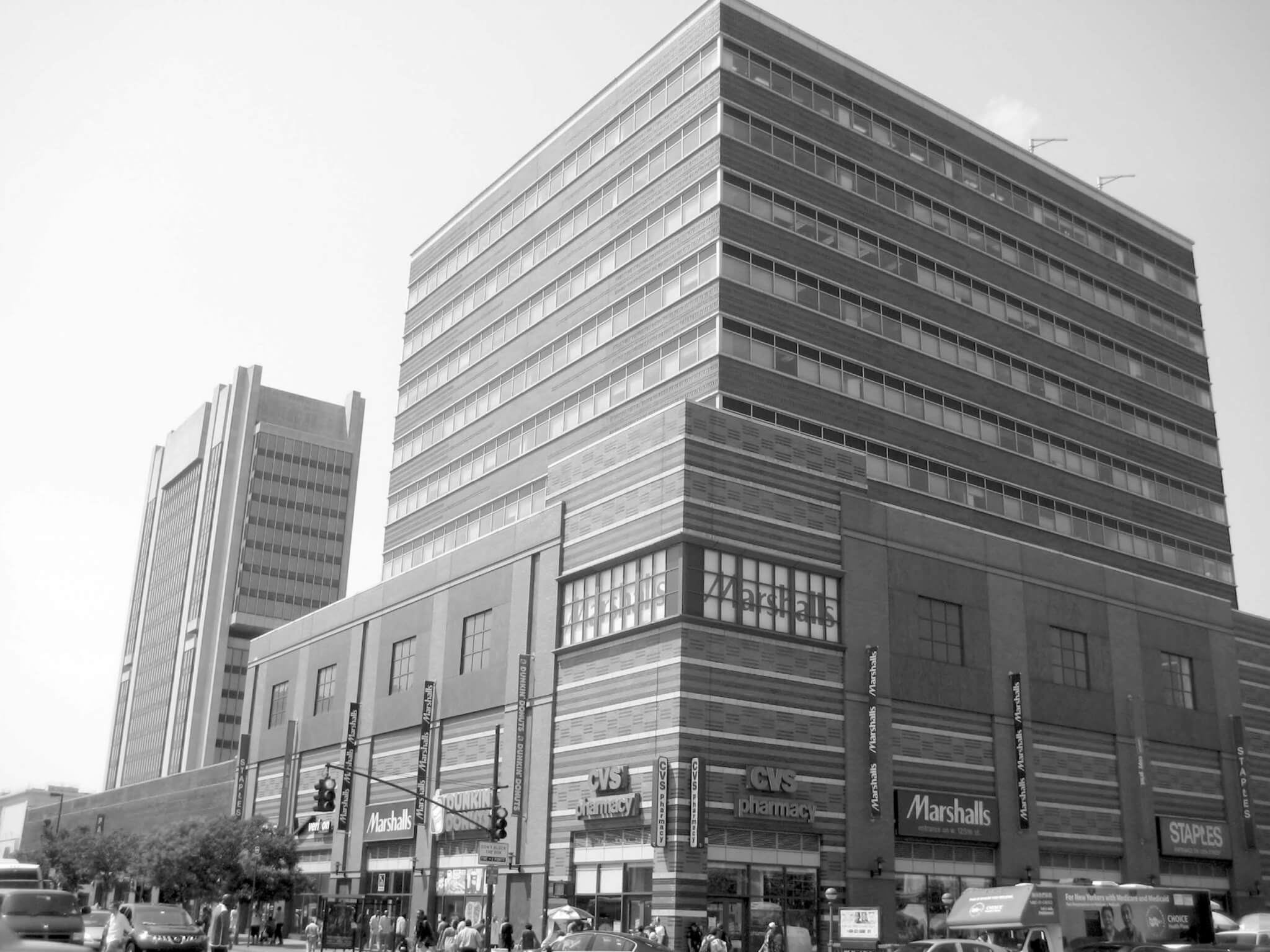
In the pages that follow, Brian Goldstein shows that there was nothing inevitable about Harlem’s transformation. Today’s Harlem is the result of still-incomplete struggles for justice. Its streetscapes, from the projects to luxury condominiums, reflect competing and unresolved visions of its future. Harlem’s homegrown planners and activists and visionaries did not play on a level field; their victories were shaped and constrained by decisions being made in city hall, in corporate headquarters and banks, and in Washington, DC. To return to James Baldwin, we can still walk the streets of Harlem, as he did, and see what the neighborhood, the city, and the nation have become. And through the eyes of the neighborhood activists, planners, and developers whose histories are told here, we can imagine what Harlem might have been and what it might still become.
Thomas J. Sugrue is Silver Professor of Social and Cultural Analysis and History and affiliated faculty member in the Wagner School at NYU.










